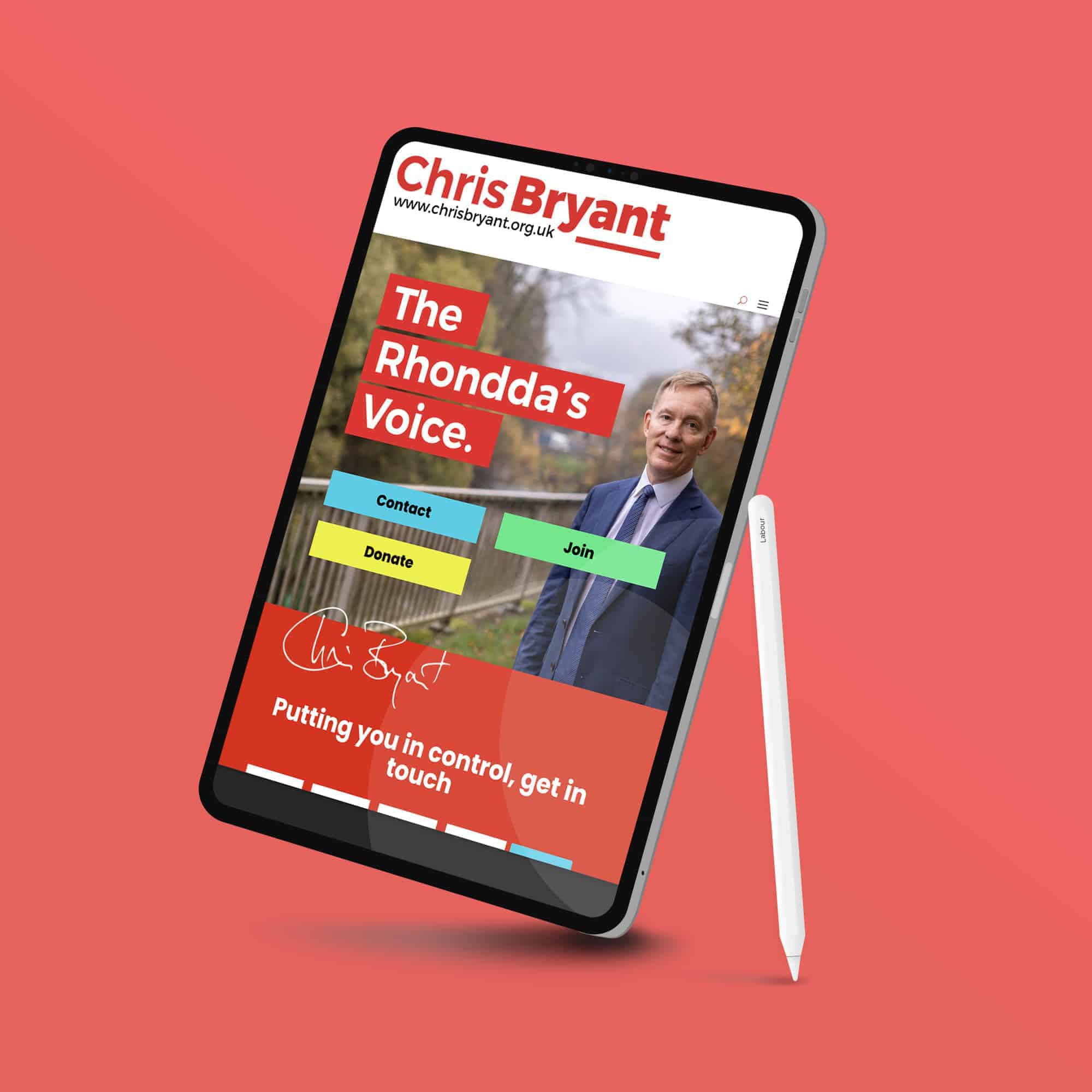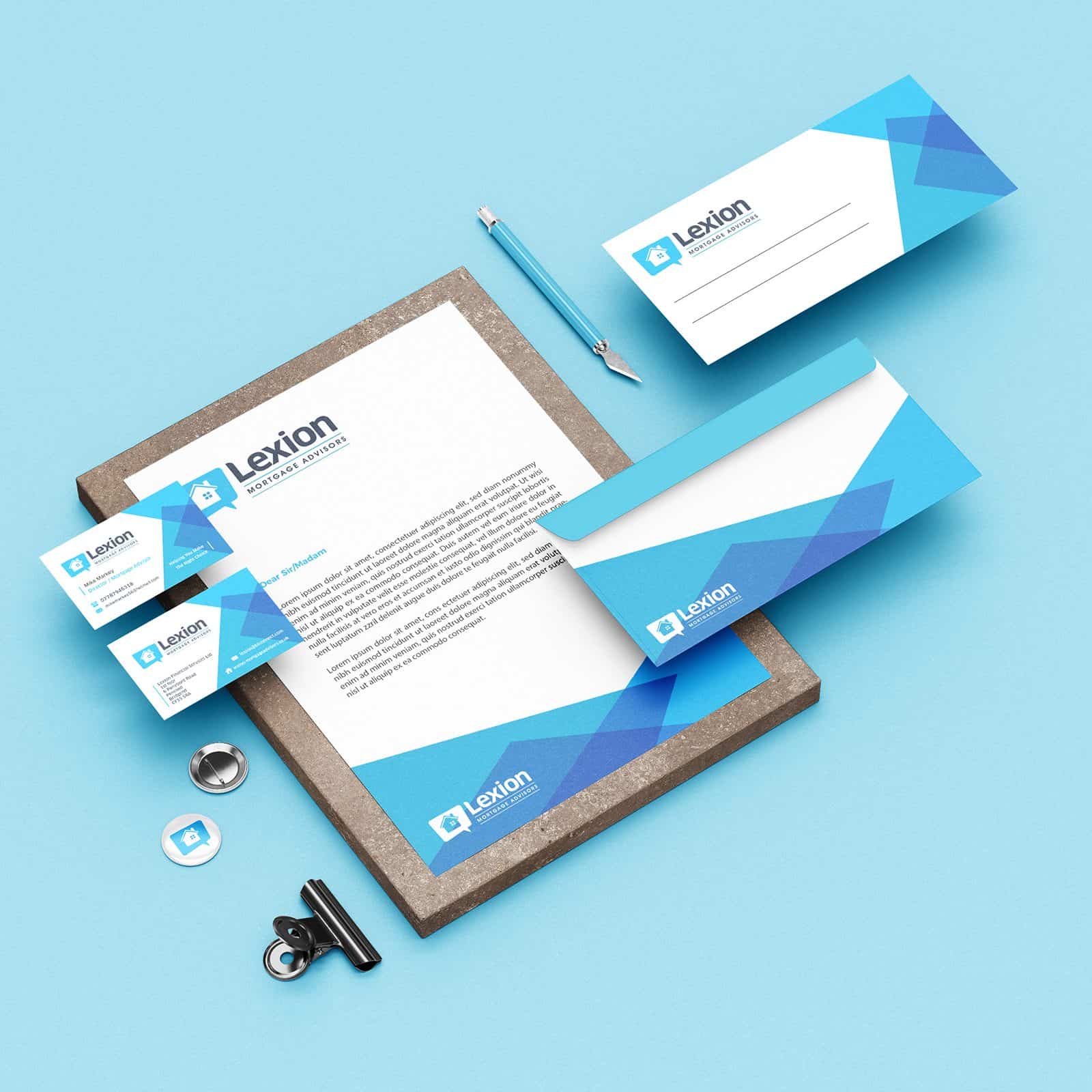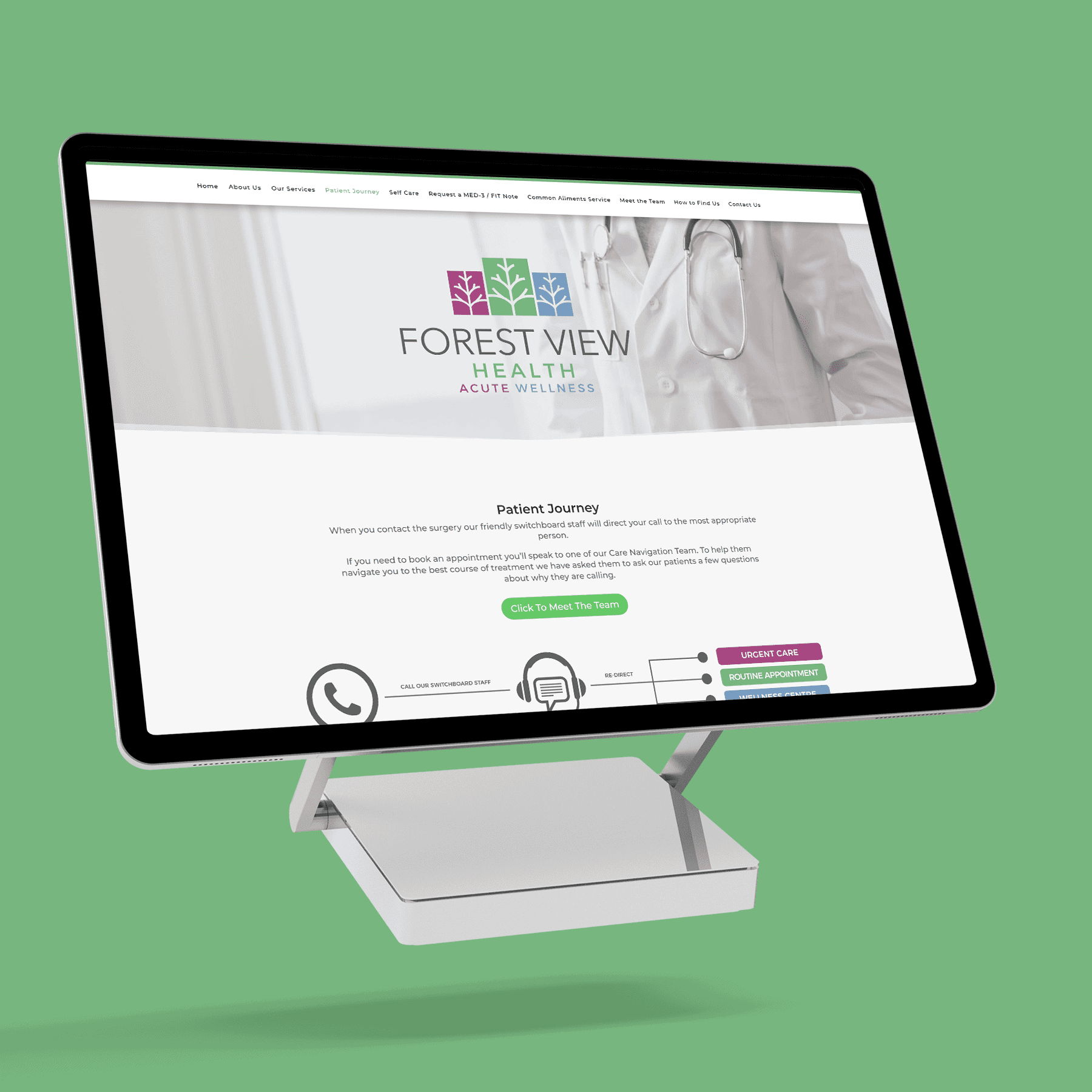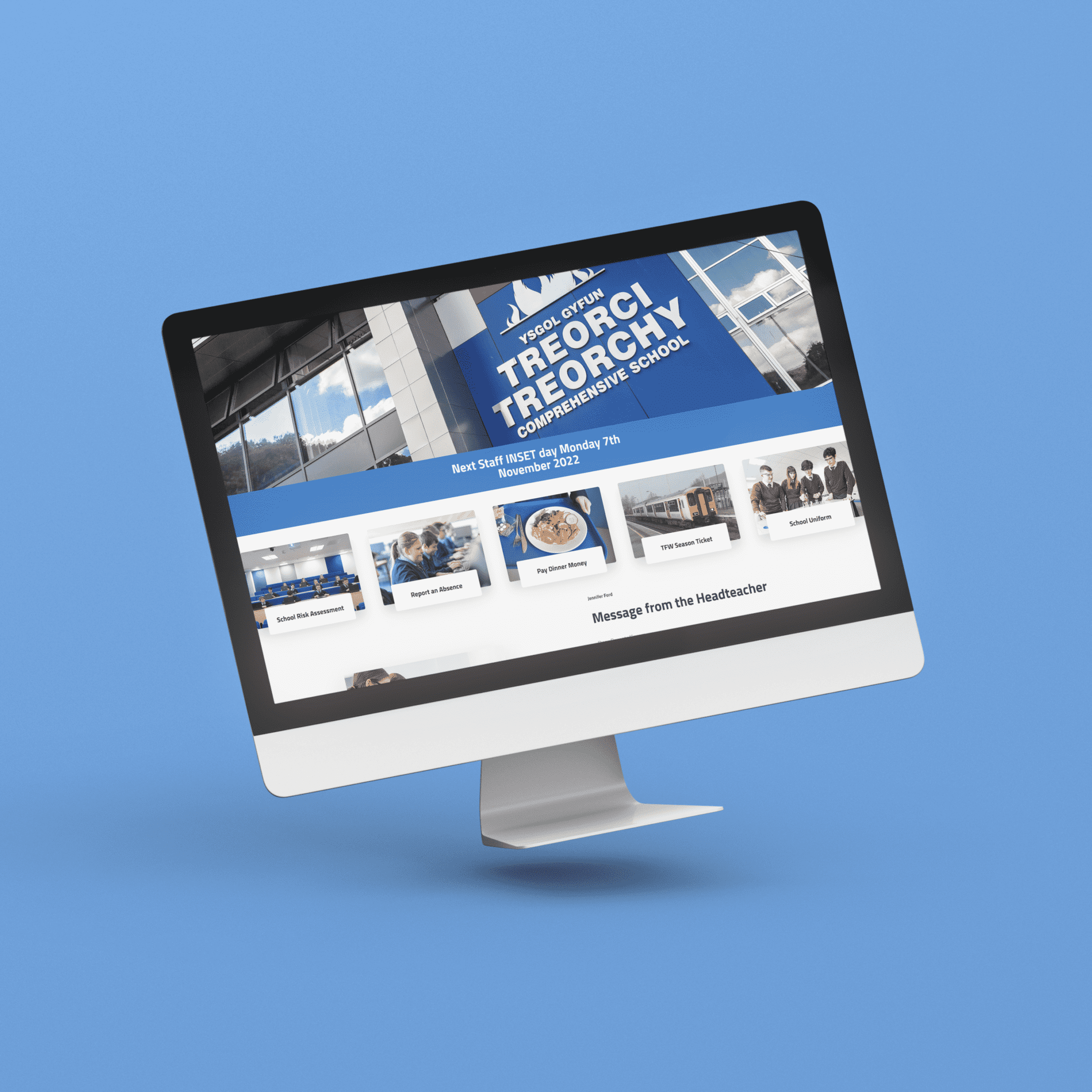Awesome
Web Design
Stand Out
Logo Design
High Quality
Outstanding
Digital Marketing
Exceptional
Graphic Design
Just a little bit
About Us
Creative Web
& Design Agency
We are a creative, digital, and print studio that offers graphic & web design, print, SEO & marketing throughout, England, Wales & Scotland. We are a friendly bunch of graphic & web designers, who take pride in developing a stress-free rapport with our clients to create an effective outcome!
If you have a new business, or simply want to freshen up your current brand, we can help. We can provide you with everything you need, from your new logo, business cards & stationery, marketing materials & banners to your own responsive website! Our experienced team is committed to providing bespoke, jargon-free, reliable, and professional services to our customers.
UK Based Designers
Our team consists of talented and experienced UK based web designers who share a passion for design excellence.
Fast Turnaround
Website design and publish within a week of receiving content – so you can be up and running straight away.
Customer Support
Communication is the key to creating your perfect website, we are always at the other end of the phone or email.
Latest
Projects
All these services
Under one Roof

Web Design
We provide stunning, responsive and highly customisable web design. We use high-quality web platforms and we provide e-commerce, online portfolios and general web design.

Graphic Design
Graphic design is our life, we literally work eat and sleep design. Our passion goes into every piece of work we produce whether it be a flyer or a brand guideline we love design. Big. Or Small.

Printed materials worth shouting about. We have experience designing a range of products, from Leaflets, brochures, stationary, posters, banners and much more.

Digital Marketing
Now that you have a web presence, it’s time to get it in front of the crowd. With our marketing services, we make sure your website is exactly where it needs to be to ensure it gets regular visitors.
Let’s get started
Have we piqued your interest? We’d love to get to know you and your business!
Done
We Help Your Business Grow

PROUD TO WORK WITH
Our Happy Customers








We’re here to help your business thrive!
Hi, we’re Highstreet Media, an ambitious brand and web design agency based in South Wales, Since 2013, our creative designers and brainy developers have worked together to design brands and websites that help businesses thrive. We’re friendly, flexible and 100% committed to producing top-quality work for our clients across the UK.
Hassle Free Service
Our talented in-house studio possesses the flair to deliver exciting designs and artwork for any client brief. From hand-crafted illustrations to a suite of campaign artwork for digital and print, to visually stunning websites, we have the ideas to get your brand noticed.
Consistency is vital with any great design. Evolution of the brand over time is encouraged but remaining true to its core identity is essential for consumers to become familiar with its ethos and to buy into its values. Our designers have developed exciting visuals for a range of scenarios and clients over the years – from one-off brochures and websites to large-scale campaign collateral, exhibition stands and seasonal materials. Send us the brief, and we’ll turn your visions into reality.
More information
GET IN TOUCH!
HIGHSTREET MEDIA
CREATE PROJECT!







